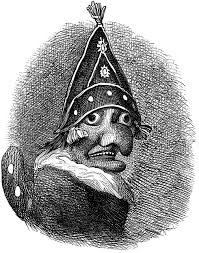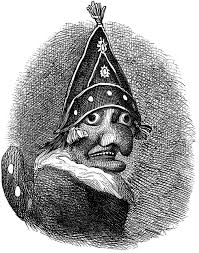
Ground Zero & Covid-19
Nursing Homes were the first stop for the coronavirus. Charlatan observes how Generation Z and the elderly were destined to meet on the front lines of Covid-19.
Pointe Meadows Health and Rehabilitation via Kristen Hansen-Curtis
Drew Gowing
2020-01-01
2020-01-01
Editor's Letters
https://www.charlatanmagazine.com/Columns/editorsletter/
They’re more alike than any two generations on earth. Both were born at the dawn of a new century; both saw their country being attacked as children, both fought in the wars that followed, and both endured an economic crash, downturn, and catastrophe. Moreover, both were heirs of great technological change. The automobile, telephone, airplane, and internet would revolutionize their respective worlds.
The 2019-2020 Coronavirus Pandemic connects them even now. One generation is at the very dawn of life, the other near end of days, and both come together under extraordinary circumstances of survival in today’s newest hot spots — America’s Nursing Homes.
According to the Center for Disease Control, Covid-19 was first identified in a nursing home on February 28, 2020 in King County, Washington. It would swiftly manifest in 81 cases amongst residents; 34 staff members, 14 visitors, and 23 deaths. According to the Centers for Medicare and Medicaid Services, over 200 US nursing homes are now affected by the novel Coronavirus and are being called — in back channels of the medical community — Ground Zero of Covid-19.
There are approximately 15,600 nursing homes in the United States, according to the CDC, which culminate in 1.4 million patients. The commodity of a nursing home is care; as registered nurses and licensed practical nurses manage treatment, administer medications, and monitor vital statistics. On average, RNs spend about 40 minutes with each patient on a daily basis, while LPNs average 53 minutes, according to Nursing Homes of America. However, the majority of the elderly's time is spent with Nursing Assistants and Techs — a literal army with the greatest numbers in healthcare.
There are three types of residents in a nursing home, of which, for future reference, you may wish to be acquainted. (1) Rehabilitation/Recovery following an acute hospital stay. (2) The Terminally ill, and (3) Cognitive/Functional impairment. Statistically, 750,000 of them would actually prefer to be at home. Which is why this particular battle can’t be fought by science alone.
They’re called “The Greatest Generation” and began their life at the dawn of the 20th century. They’re revered for having grown up during the Great Depression, fighting in World War II, and giving birth to a generation known as the Baby Boomers. Indeed, the austerity of their youth was offset by unprecedented growth as America, a decisive victor in WWII, was becoming the most prosperous, advanced, and powerful nation on earth. They were the first teenagers to drive an automobile. They were the first passengers of commercial airliners. And they were among the first to actually hear a telephone ring. These are they — The Greatest Generation — who represent the elderly in America’s Nursing Homes. Now facing Covid-19, they walk into the twilight of life just as they began. At a quintessential moment in American history.
The virus has perhaps been cruelest at nursing homes and other facilities for older people, where a combination of factors — an aging or frail population, chronic understaffing, shortages of protective gear and constant physical contact between workers and residents — has hastened its spread. The outbreak has now affected at least 70 percent of America's long-term care centers, and social distancing guidelines and staff layoffs are beginning to thin out the ranks of caregivers.
Still among them is Kambrylee Hansen, of Pointe Meadows Health and Rehabilitation Center in Lehi Utah, who responded to the nation’s shortage of masks by sharing those her family had made. She is among the ranks of “essential services” considered critical to keep a community running, and while her and many of her friend’s lives have been disrupted by the global pandemic, Hansen and boyfriend Christopher Hales are compelled to “help the patients they love.”
Generation Z were children on 9-11, the teens called to fight in Iraq, the young adults hit hardest by the 2008 Financial Crisis, and the first to experience and embrace social media. The shift from PC to handheld technology occurs at the onset of their life, and means something more than for any generation before — virtual mobility. They are the first to connect, and the first to know and feel the inexorable shock and awe of globalization.
History tells us that an informed population is vital to protecting the public’s health. From the attack on Pearl Harbor to the World Trade Center, these were the children to be confronted with a calamity to their nation and world. That they’ve been thrown together in parallel echo chambers — at Ground Zero of Covid-19 — offers rest for the weary, symmetry in this universe, and may be the strongest evidence yet of a master and merciful plan.
Archives






